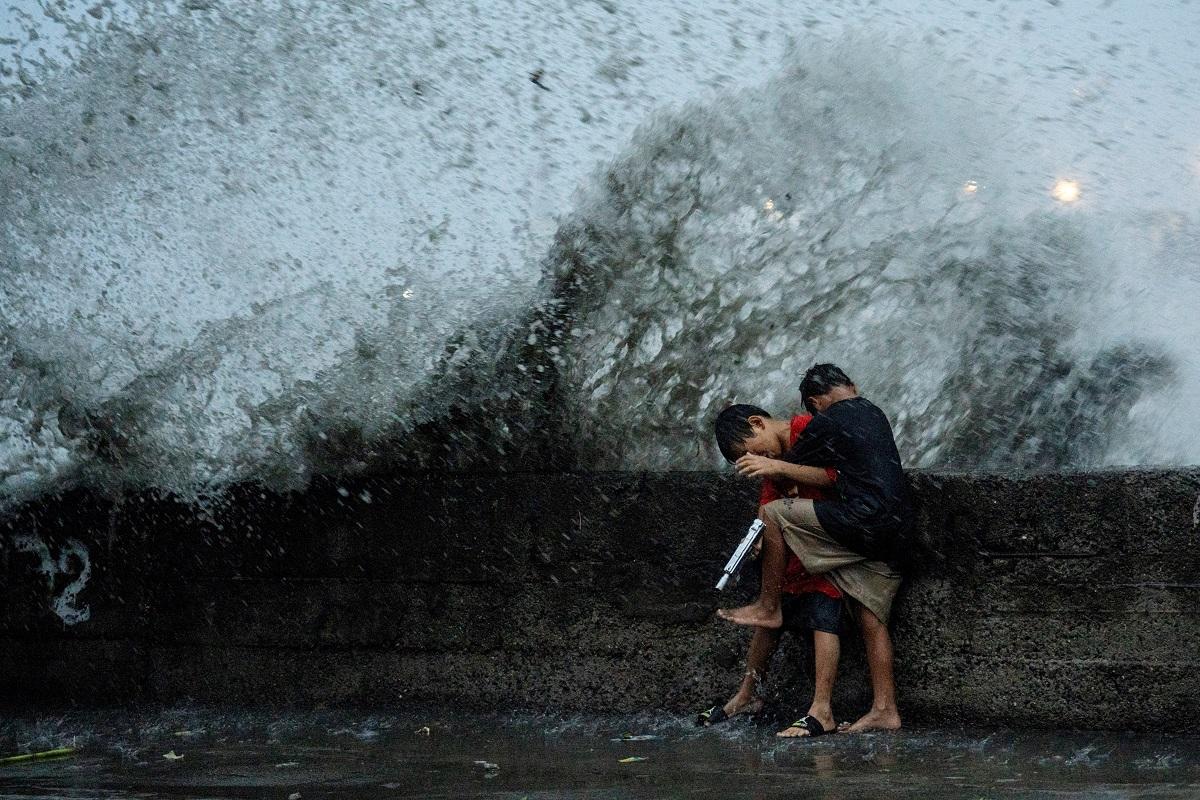
Amid the parade of typhoons that has battered the country in recent weeks, the Philippines managed to become the only Southeast Asian country to figure in the Top 10 of the Climate Change Performance Index 2025 (CCPI), launched at the side lines of the 29th United Nations Conference of Parties in Baku, Azerbaijan on Wednesday. Published by GermanWatch, the NewClimate Institute, and CAN International, the CCPI is an independent monitoring tool that tracks climate mitigation performance of more than 63 countries around the world. It looks at the progress in emissions, renewables, and policies by countries that are collectively responsible for 90% global emissions.
The CCPI 2025 placed the Philippines at 7th with a score of 68.41 and gave the country a high ranking in energy use and GHG emissions, a medium ranking in climate policy, and low ranking in renewable energy. The Philippines is a historically low-emitting country.
In 2020, it emitted an average 1.98 metro tons of carbon dioxide equivalent per capita — way below the global average of 4 metric tons per capita. The CCPI 2025 hailed the Philippines for publishing its Nationally Determined Contribution Implementation Plan, its National Adaptation Plan, the Philippine Energy Plan, as well as its role in loss and damage negotiations, being the host of the Board of the Fund for Responding to Loss and Damage.
“Of course we are happy that it's positive, and that we ranked high this year,” DENR Undersecretary Noralene Uy told GMA News Online in Baku, as she acknowledged the efforts of President Ferdinand "Bong Bong" Marcos, Jr. for prioritizing climate action. “We have proactively done all the things na matagal na dapat tinapos [which should have been done a long ago],” she added.
Admitting the plans they had submitted “are not perfect," the undersecretary said "it’s really a starting point because ito ang basis talaga [this is really the basis].” The Top 3 spots have been left blank by CCPI, saying "none of the 64 largest emitters are on a 1.5C pathway yet.
" The CCPI report comes as Climate Central published an analysis of the four typhoons that simultaneously thrashed the Philippines last week, saying "each of these powerful storms experienced rapid intensification over warmer-than-average November sea surface temperatures." Using the Ocean Climate Shift Index, Climate Central's analysis showed the warmer ocean temperatures were made up to 30 times more likely by human-caused climate change. According Climate Central's analysis, the warm ocean temperature that caused Typhoon Marce was 10 times more likely caused by climate change, while Nika's was up to 30 times more likely caused by climate change Ofel was up to 6 times more likely caused by climate change, and Pepito up to 40 times more likely caused by climate change.
Infra damages from the typhoons have hit at least P469M, according to the National Disaster Risk Reduction Management Council . At a press conference on Monday, Joel Chester Pagulayan of Oxfam Philippines said, “It is uncommon for 6 back-to-back typhoons with equally catastrophic impacts to happen. This is not right.
" In the same press conference, Atty. Avril de Torres of Center for Energy Ecology and Development (CEED) asked, “What kind of climate anomaly has to happen for us to finally abandon fossil fuels and to push genuine solutions in the form of renewable energy?” The CCPI's report noted how the Philippines "remains committed to expanding its natural gas industry framing this as a transition fuel to replace coal" as it gave the Philippines a low rating for renewables. Earlier in the month, CEED released a report that said the Philippines, along with Vietnam is leading renewable energy expansion in Southeast Asia through variable renewable energy sources a total planned capacity of 44.
1 gigawatts (GW) for solar and 101.5 GW for wind. “We need the Philippine government to focus on renewable development and to focus on addressing challenges,” De Torres added.
Speaking to GMA News Online, Uy explained the government needed to pace the country's transition to renewables due to "certain peculiarities" of our energy sector. "Naghahanap mana tayo ng alternatives in the interim, hindi kasi pwedeng mag full blast agad ang renewables. Kailangan siya i-pacing kasi ang energy sector natin, ay private sector driven.
Unlike other countries that can commit to net zero because they are centralized, we are dependent on the private sector," she said, adding "we have to navigate this challenge." [We are looking for alternatives in the interim because we cannot go full blast on renewables. We need to pace it because our energy sector is driven by private sector.
Unlike other countries that can commit to net zero because they are centralized, we are dependent on the private sector.] Shifting to renewable energy is among the climate action the world is taking to keep to the 1.5C warming limit stated in the Paris Agreement of 2015.
— RSJ, GMA Integrated News This story was produced as part of the COP29 Climate Change Media Partnership, a journalism fellowship organized by Internews' Earth Journalism Network and the Stanley Center for Peace and Security..














